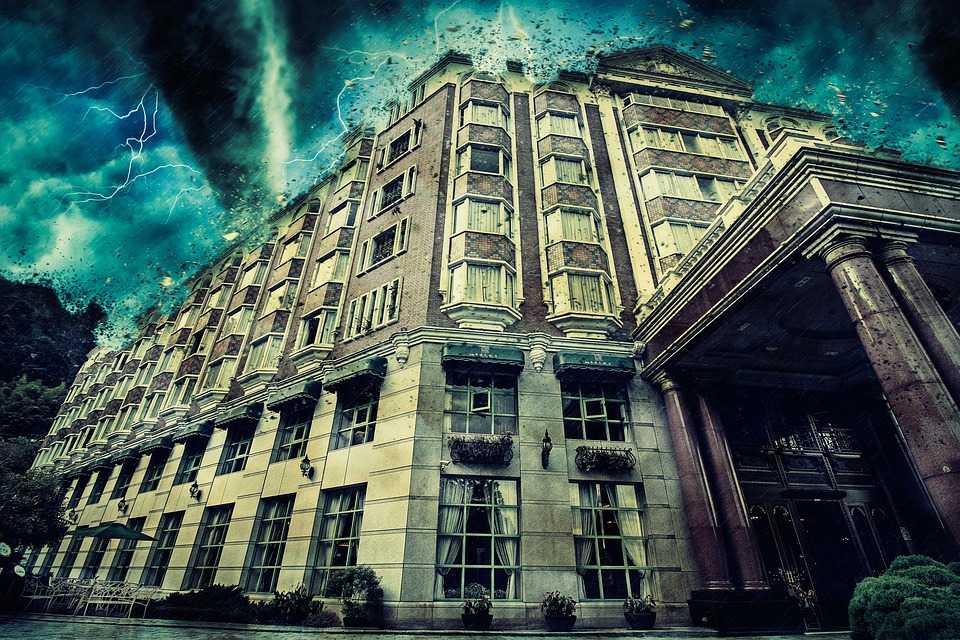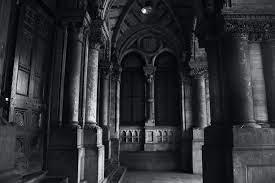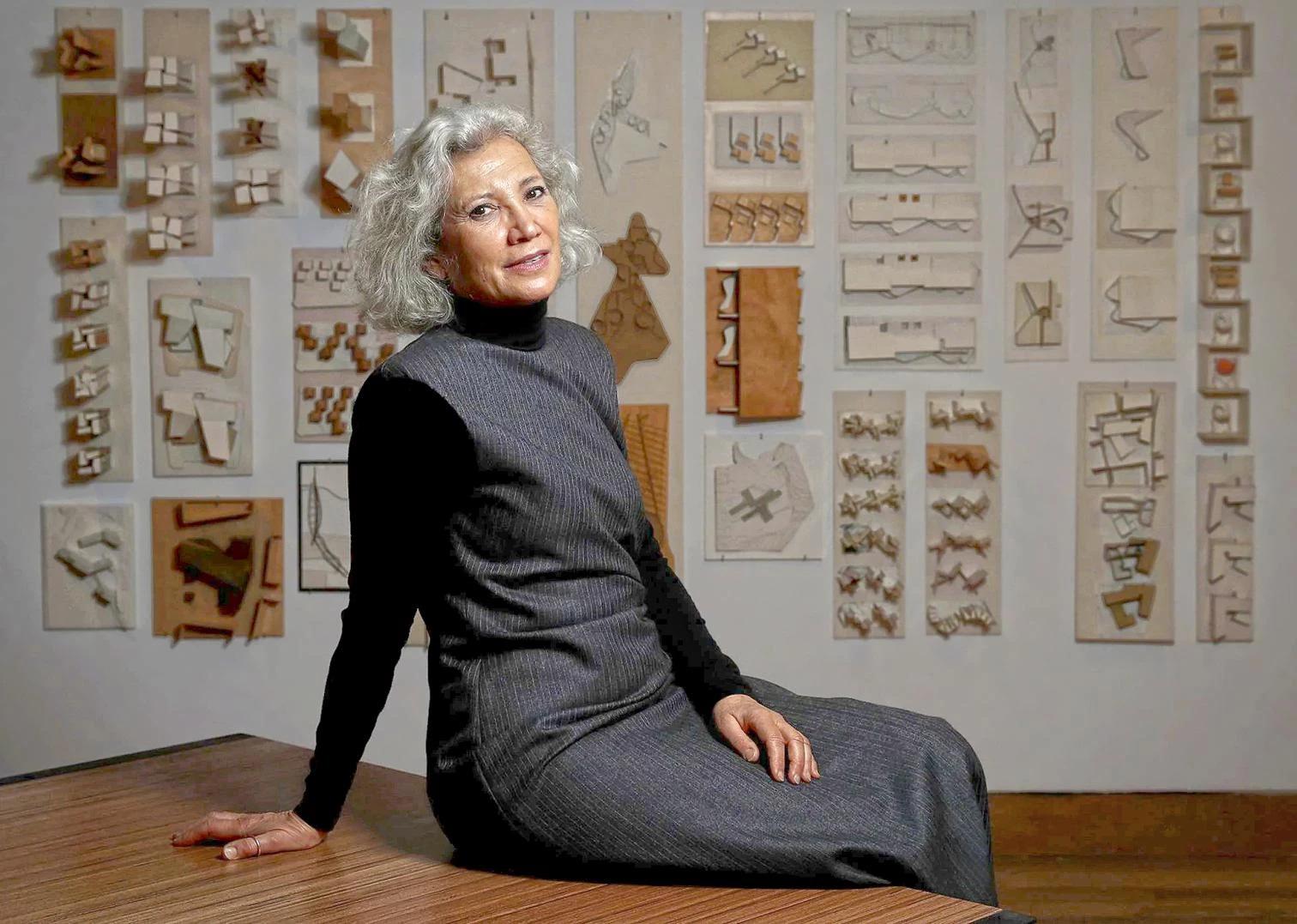Preservation For Dark Tourism
- 6 May 2023
- By Deshal Shah

Be it Egypt’s pyramids, Rome’s Colosseum or Cambodia’s Angkor Wat—most of us are familiar with spectacular heritage sites that tourists travel to in droves. People come to take pictures and marvel at these world-famous structures, as well as their history. However, every year thousands more travelers visit places like these with very different intentions. Not because they want to see them—but because they want to experience them in a new way: they don’t want history; they want something else entirely...they want stories.
Dark tourism refers to people who visit locations known for their tragic histories. These sites can include concentration camps, war memorials, and the houses of historical figures and crime scenes. While this may seem like an odd sort of tourism, these locations still attract visitors who want to see and experience them firsthand, instead of through textbooks or video clips. Preservation and conservation of historic architecture plays an important role in dark tourism and cultural heritage around the world by keeping these buildings intact and accessible to the public.

How it all began
Dark tourism is a very specific niche of tourism that has grown enormously in recent years. The term 'Dark Tourism' was first coined in 1996 by John Lennon and Malcolm Foley, professors at Glasgow Caledonian University. Dark tourism refers to tourism to sites of mass tragedy and death. Dark tourism is still considered rather controversial; some have blamed it for trivializing real life tragedies. This type of travel is largely made up of people who are interested in exploring dark historical events or are fascinated by mass death.

Preserving architectural sites for dark tourism
There are many ways to preserve heritage sites of dark tourism. The primary way to preserve a site is by conservation and restoration. These can be done over time and through routine maintenance, but often, major structural issues must be addressed in order to keep a building from falling into disrepair. If conservation and restoration don’t prove effective, then preservation may require rebuilding an entire section of a building or using another method altogether. This part of preservation requires creativity on behalf of architects, artists, engineers, conservators and artisans with specialized skills in restoration or reconstruction.
Heritage sites are often considered artifacts from our past, and within them lies a story that explains where we came from. These stories surrounding our architecture tell us who we are as a people and where we fit into humanity’s greater history.
Recently Published
loves or pursues or

.jpg)







.jpg)